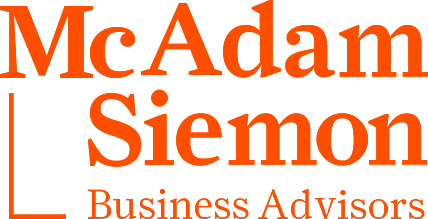News
Are you running out of cash?
Posted: 06 May 2015
Managing cash flow is a problem faced by businesses of all sizes, particularly those on a strong growth path or with large value orders. June is the best time to take a breath, sit down and plot out your cash flow requirements for the new financial year. A little planning now could save you time and money.
The worst time to try and borrow cash is when you are desperate for it. Effectively, you have no negotiating power and are stuck in the position of having to complete make or break deals.
The impact of time
A lot of people get profit and cash flow confused. And that’s why you may have asked your accountant or yourself that question, “If I’m making all this profit where is it?”
One part of the answer is the timing impact that occurs in most businesses between when the profits are made and when the cash is required to meet day-to-day operating.
Let’s have a quick look at some of the areas of your business where there are timing impacts:
- You decide to supply some of your customers on credit and so you open a number of credit accounts. The sales you make this month are not paid for until the end of the following month. Immediately, you have created a 30-60 day timing difference between your sales (creating the profit) and the receipt of the payment (your cash flow).
- Your sales have some seasonal fluctuations such as Christmas time. In order to have your stock on the shelves when you need it you need to purchase it two months before the start of the sale period. Your suppliers give you 30 day credit terms. Even allowing for this, you probably have your money tied up in the stock about 45 days after you have paid your suppliers. And if for any reason you don’t sell all of the purchased stock then you will be funding it for a longer time period.
- Your rent on your premises is paid monthly and in advance. So even before you have made any sales and earned any profit you need to outlay some of your monthly operating costs.
By understanding that the timing of your cash flow could be quite different to your business trading you will recognise the need to plan for the movements in your cash flow.
The only solution here is to find out where things are really up to and then see if the business can be put back on track in a reasonable time frame.
Craig and Karen may need to look at some additional funding. This could include specific funding to cover the fitout of the new stores that were paid for out of working capital. They may also need to have a talk to the ATO and work out a payment program to bring things up to date. This is something they need to review with their adviser. Most of all they need to get a strong accounting system in place and a good management information system. If they don’t their empire will quickly be at risk.
The do’s and don’ts of cash flow management
Do:
- Have sufficient capital in place to start your business and manage its growth
- Keep track of where you are up to on a weekly basis
- Control your debtors and stock. They’re good to have but they need to keep turning over into cash
- Keep up to date cash flow budgets and management information systems
- Match your borrowings to the asset life they are funding – long term assets need long term borrowings
- Always allow for your tax debts. Under the GST business tends to collect a lot more tax than it previously used to
- Look at your funding options. There may be more ways to manage your position than you think
Don’t:
- Take your eye off your cash flow. It wont manage itself
- Don’t simply rely on your bank balance to know where you are up to
- Risk credit on bad credit risks. Have limits and controls in place
- Get caught over trading. You can only afford to grow to the extent that you can finance
- Pay for today’s expenses with tomorrow’s sales. You need adequate capital
Completing your cash flow plan
The key to cash flow planning is to:
- Identify where the money comes from in your business; and
- When you can expect it to arrive.
Once you have done this write down all of the months of the year and start to plot out how much money will arrive in each month and where it will come from. To do this you need to:
- Identify any money you are planning to invest in your business over the coming year
- Know if you are planning to borrow any money
- Estimate your sales for the coming year
- Work out how long it will take for your customers to pay you
- Identify any other money that is likely to come in to the business and when
For assistance with your cash flow planning contact either myself, John or Sam, today.
Or call:
Brisbane: 07 3421 3421
Noosa Heads & Maroochydore: 07 5474 8955
Kind regards,
Rob McAdam
Partner

Please note: The material and contents provided in this publication are informative in nature only. It is not intended to be advice and you should not act specifically on the basis of this information alone. If expert assistance is required, professional advice should be obtained.

